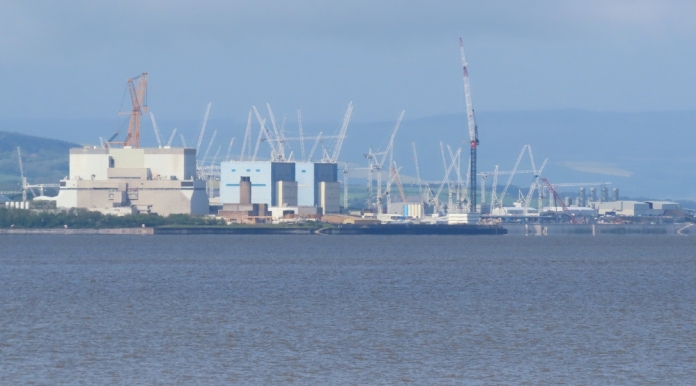After more than 46 years generating home grown zero-carbon electricity, Hinkley Point B power station switched off its second reactor on Monday (August 1st).
The station came off line for the final time at 10am and it was signalled by a release of steam which was no longer needed to drive the turbine to generate electricity, as pictured below.
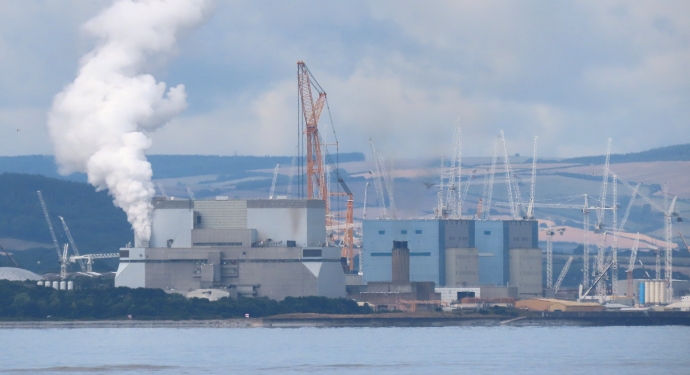
Mike Davies, Station Director of Hinkley Point B, said: “This is a day of mixed emotions for all of us. We are justifiably proud of everything this station and its workforce have given to Somerset, and indeed the country, over decades of operations.”
“The huge amount of electricity we’ve produced could have met the needs of every home in the South West for 33 years.
“There is much to be proud of. This tiny corner of Somerset has produced huge amounts of zero-carbon electricity, supported and enriched our community and helped sustain the South West nuclear sector by providing thousands well-paid, high skilled jobs to our community.”
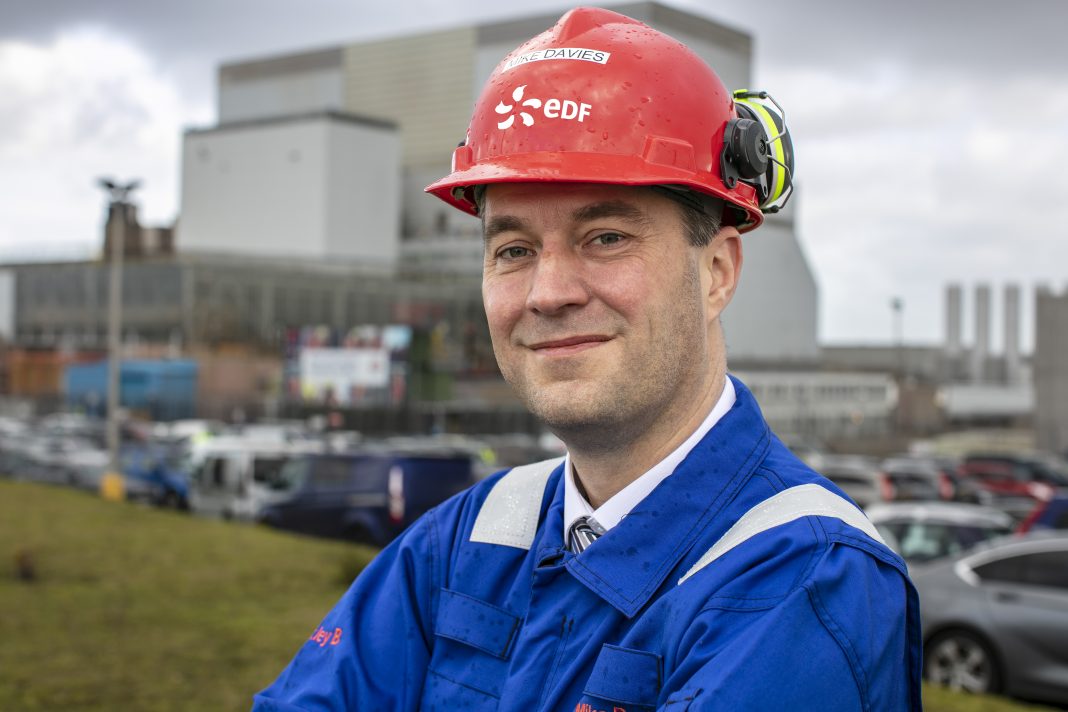
“Now our attention turns to the job of defueling the power station.“
Over the coming weeks and months, teams at Hinkley Point B will undertake major maintenance and improvement projects across the plant to get it ready for the next stage of its life, defueling. This process, expected to last around three to four years, involves removing the remaining nuclear fuel from the reactors and transporting it to Sellafield for storage.
Once that work is complete EDF will hand the station to the Nuclear Decommissioning Authority for the next step of its life, decommissioning.
Mike added: “When a power station is generating it looks, sounds and smells a certain way. It’s a familiar experience that most people who work here, or who are familiar with our site know and, to some degree, love.”
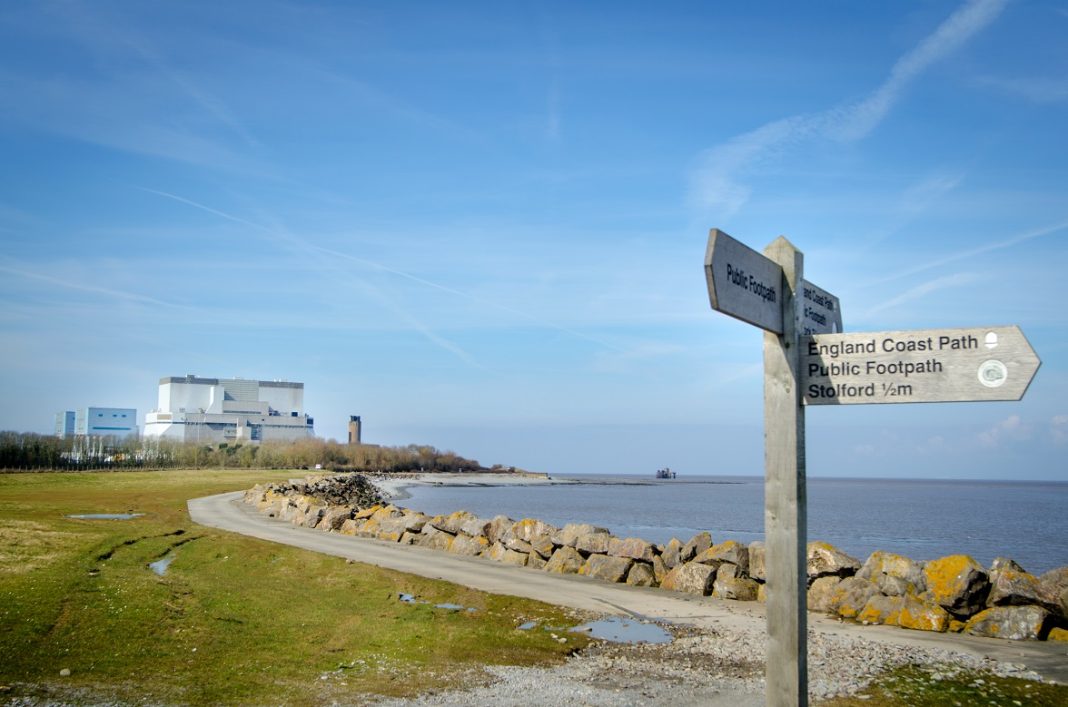
“But all that changed today as our turbines slowed and stopped for the final time. Of course we’ve had that experience when we’ve been on outages – but we’ve always known they’d be back on again and we’d be generating.”
“Now we have a new job and a huge amount of interesting work to do. I’m excited for Somerset that Hinkley Point C is taking shape on our horizon but I also know that thanks to this station, and everything it’s achieved, our colleagues have got very big boots to fill.”
The B station started generating electricity in 1976 and since then it has been the nation’s most productive nuclear power plant – it generated enough electricity to meet the needs of every home in the South West for more than 33 years.
The station, which employs around 500 staff and 200 contractors, saw Reactor 4 switched off on July 6th and Reactor 3 was switched off today.
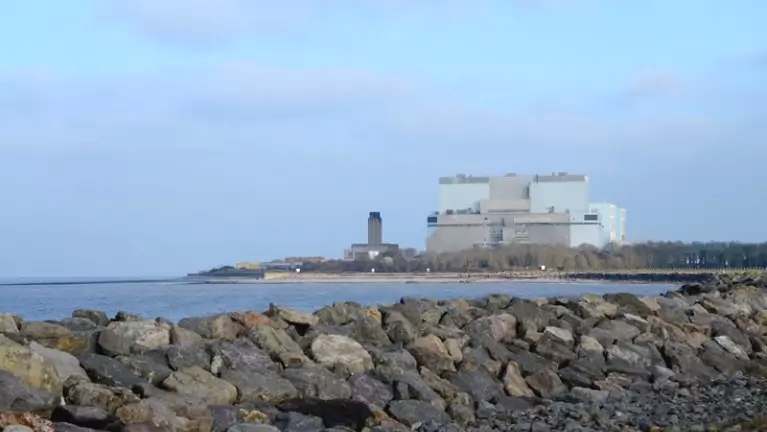
It is being shut down due to age, with hairline cracks appearing in its graphite bricks.
The closure has been long planned, but comes at a time of heightened concern over energy security as Russia restricts flows of gas into Europe.
Tom Greatrex, chief executive of the Nuclear Industry Association, said: “Hinkley Point B is the most productive clean power asset in British history. No other station has saved more CO2 emissions and made a bigger contribution to fighting climate change. It has been a bastion of energy security for over four and half decades and its retirement is a stark reminder that we urgently need to replace our existing capacity.”
Last week, the National Grid’s electricity system operator (NGESO) revealed it expects to keep the lights on this winter with plenty of reserve supplies, however its forecast was based on being able to draw heavily on power supplies from Europe.
Business Secretary Kwasi Kwarteng has asked coal-fired power stations to stay open longer than planned to provide back-up supplies this winter. This has been agreed with coal plants owned by Drax and EDF.
However, attempts to extend the lifespan of Hinkley Point B were knocked back by the energy company EDF earlier this year.
EDF argued it was by then too late to try and keep it open for winter, given the detailed safety case required.
A Government spokesperson added: “Any extensions to operational dates of nuclear stations is entirely a matter for the operator and the independent regulator based on safety considerations. The Government has no direct involvement in this process.”

